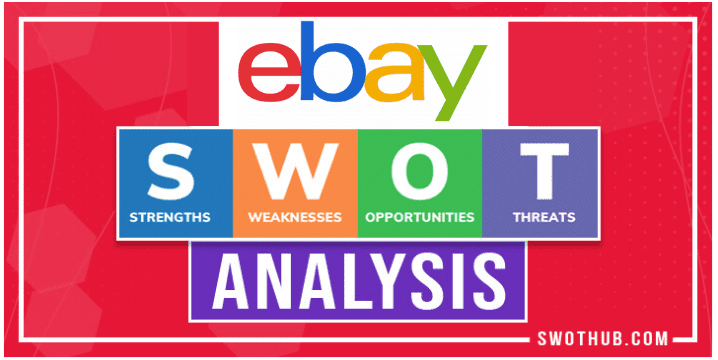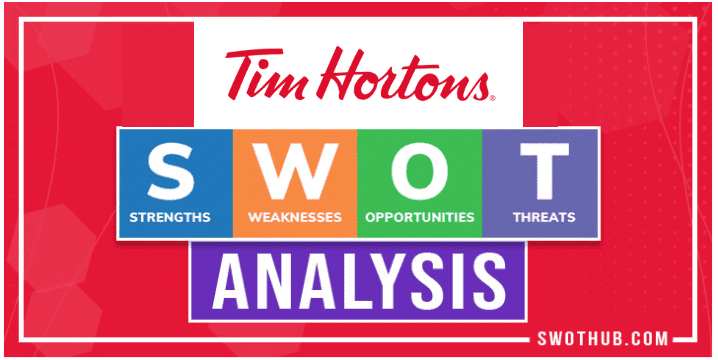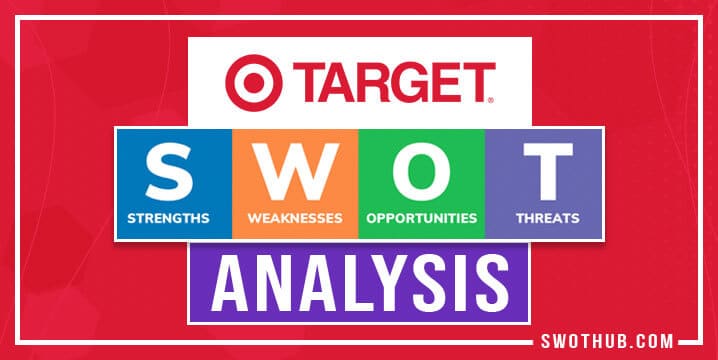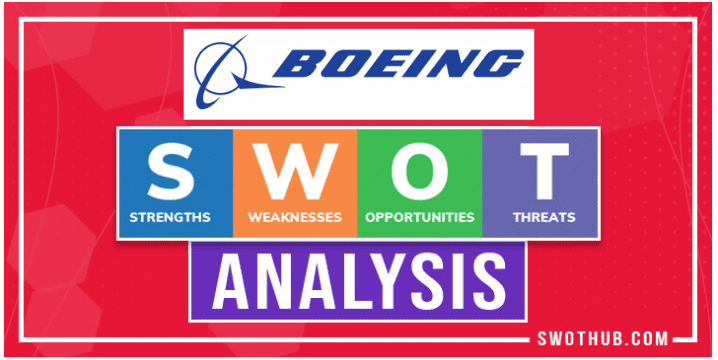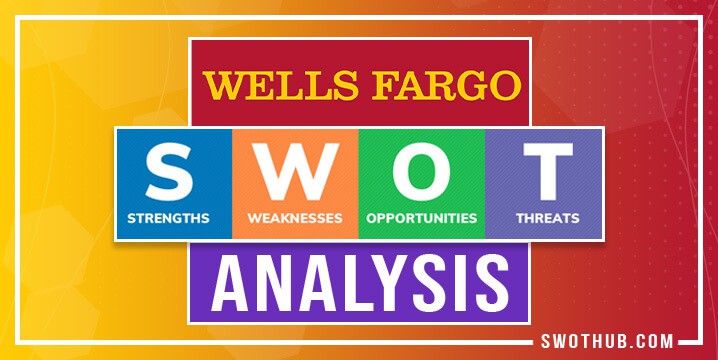The retail online e-commerce world has transformed how the world shops from anywhere and anytime without leaving the comfort of your home. In this eBay SWOT analysis, we take a look at how this pioneer in the online auction retail arena has been dwarfed by eBay competitors such as Amazon and Walmart. This SWOT analysis for eBay look at eBay’s strengths, and opportunities. Unfortunately, eBay has been said to be becoming the “My Space of E-commerce”. See if eBay’s weaknesses and eBay threats could help determine the fate of this online auction marketplace icon.
Table of Contents
eBay History
eBay was founded in 1995 by Pierre Omidyar as an online auction site originally named AuctionWeb. A damaged laser pointer went for $14.83 as the first thing to sell on eBay. Over time, eBay grew in popularity and expanded to include a variety of products beyond just collectibles and antiques. Today, eBay is one of the largest online marketplaces in the world, connecting millions of buyers and sellers every day.
One of the key ways eBay has transformed the e-commerce business is by creating a platform where anyone can buy and sell goods, regardless of the location or the size of their business. This has opened new opportunities for small businesses and entrepreneurs who may not have had the resources to launch their own e-commerce websites or physical store. eBay also offers a wide range of tools and resources to help sellers grow their businesses, including analytics, marketing tools, and customer support.
In this eBay SWOT analysis, it has also been instrumental in the growth of the online auction industry, which has become a popular way for buyers to find unique and rare items that may not be available through traditional retail channels. The auction format also creates a sense of excitement and competition among buyers, which can lead to higher prices for sellers.
In addition to its auction platform, eBay has also expanded to include fixed-price listings and a variety of other selling formats, making it easier for buyers to find and purchase items quickly and efficiently. eBay has also embraced mobile commerce, allowing buyers and sellers to conduct transactions from their mobile devices through the eBay app.
In an eBay SWOT analysis, it has transformed the e-commerce business by creating a platform that is accessible to everyone and providing tools and resources that help sellers grow their businesses. Its auction format and wide range of products have also created a unique shopping experience for buyers, making eBay one of the most popular e-commerce sites in the world.
eBay SWOT Analysis At-A-Glance
| Company | eBay |
| Industry | Retail – Online Marketplace |
| Founder | Pierre Omidyar |
| Year founded | 1995 |
| CEO | Jamie Iannone |
| Headquarters | San Jose, California |
| Number of employees | 11,600+ (2022) |
| Revenue (FY 2022) | US $9.79 Billion (2022) |
eBay SWOT Analysis:
A SWOT analysis is a framework used to assess a company’s competitive situation and to create strategic planning. By taking eBay’s strengths weaknesses opportunities and threats into account, we may better gain in-depth knowledge about eBay’s company. In this article, we’ll be taking a look at eBay’s SWOT framework to better understand its competitive position and potential for future growth.
How Many Acquisitions has eBay made?
In an eBay SWOT analysis, a company acquiring other companies could be looked at as a strength. Since its inception in 1995, eBay has made numerous acquisitions and divestitures. Here are the most notable companies that eBay has acquired and sold:
eBay Acquisitions:
- PayPal (2002) – eBay acquired the payment processing company PayPal in 2002 for $1.5 billion. PayPal became a subsidiary of eBay until it was spun off as a separate public company in 2015.
- Skype (2005) – eBay acquired the internet phone and messaging service Skype for $2.6 billion in 2005. eBay sold a majority stake in Skype to a group of investors in 2009.
- StubHub (2007) – eBay acquired the ticket resale platform StubHub for $310 million in 2007. StubHub was later sold to viagogo in 2019.
- GSI Commerce (2011) – eBay acquired the e-commerce and marketing services provider GSI Commerce for $2.4 billion in 2011.
- Magento (2011) – eBay acquired the e-commerce software platform Magento for $180 million in 2011.
- Braintree (2013) – eBay acquired the payment processing company Braintree for $800 million in 2013. Braintree became a subsidiary of PayPal after its spin-off from eBay.
- Terapeak (2017) – eBay acquired the e-commerce analytics company Terapeak in 2017.
Overall, eBay has made strategic acquisitions and divestitures over the years to grow its business and focus on its core strengths.
SWOT Analysis of eBay Strengths:
The areas where a company excels above average or in a manner that distinguishes it from its rivals are its strengths. eBay strengths are outlined in this eBay SWOT analysis. In a SWOT analysis of eBay some of its strengths compared to competitors include:
Strong brand recognition: eBay is one of the most well-known e-commerce brands in the world, with a strong reputation for facilitating safe and reliable transactions.
Large user base: eBay has a large and loyal user base, with millions of buyers and sellers around the world.
Wide product selection: eBay offers a wide range of products in various categories, including antiques, collectibles, fashion, electronics, and more.
Low selling fees: eBay’s selling fees are generally lower than those of its competitors, which makes it an attractive option for sellers.
Global reach: eBay operates in over 190 countries and offers localized versions of its platform in multiple languages.
Mobile-friendly platform: In a SWOT analysis of eBay it has a mobile app that allows users to browse and buy products from their mobile devices, which is becoming increasingly important as more people shop on their phones.
Integration with PayPal: eBay’s integration with PayPal, its former subsidiary, makes it easy for buyers to pay for purchases securely and for sellers to receive payments quickly.
These key factors give eBay an edge in the e-commerce market and help it maintain its position as a leading online marketplace according to this eBay SWOT analysis.
What is the Weakness of Ebay in SWOT analysis?
Weaknesses of a company are those that limit its potential, make it less competitive, and prevent it from achieving its goals. In this section of the eBay SWOT analysis, we’ll look at eBay strengths before moving on to some of eBay weaknesses. In this eBay SWOT analysis, some of their weaknesses compared to competitors include:
Competition from Amazon: eBay faces fierce competition from Amazon, which is the dominant player in the e-commerce industry.
Dependence on third-party sellers: eBay is heavily dependent on third-party sellers to provide inventory and generate revenue. eBay could lose market share if these sellers choose to sell on other platforms or start their own e-commerce websites.
Limited control over product quality: Since eBay is a marketplace that allows individual sellers to list products, it has limited control over the quality and authenticity of the products being sold. This can be a concern for buyers who are looking for high-quality and genuine products.
Perception of being an auction site: Although eBay has expanded beyond just auctions, some still perceive it as an auction site. This could deter buyers who prefer fixed-price shopping or who are looking for a more traditional e-commerce experience.
Reliance on PayPal: eBay was heavily reliant on PayPal for payment processing, which could be a weakness if PayPal’s reputation or technology were to suffer.
Limited seller support: Some sellers have criticized eBay for providing limited support and for favoring buyers over sellers in dispute resolution.
These factors could affect eBay’s ability to grow its business and compete with other e-commerce platforms.
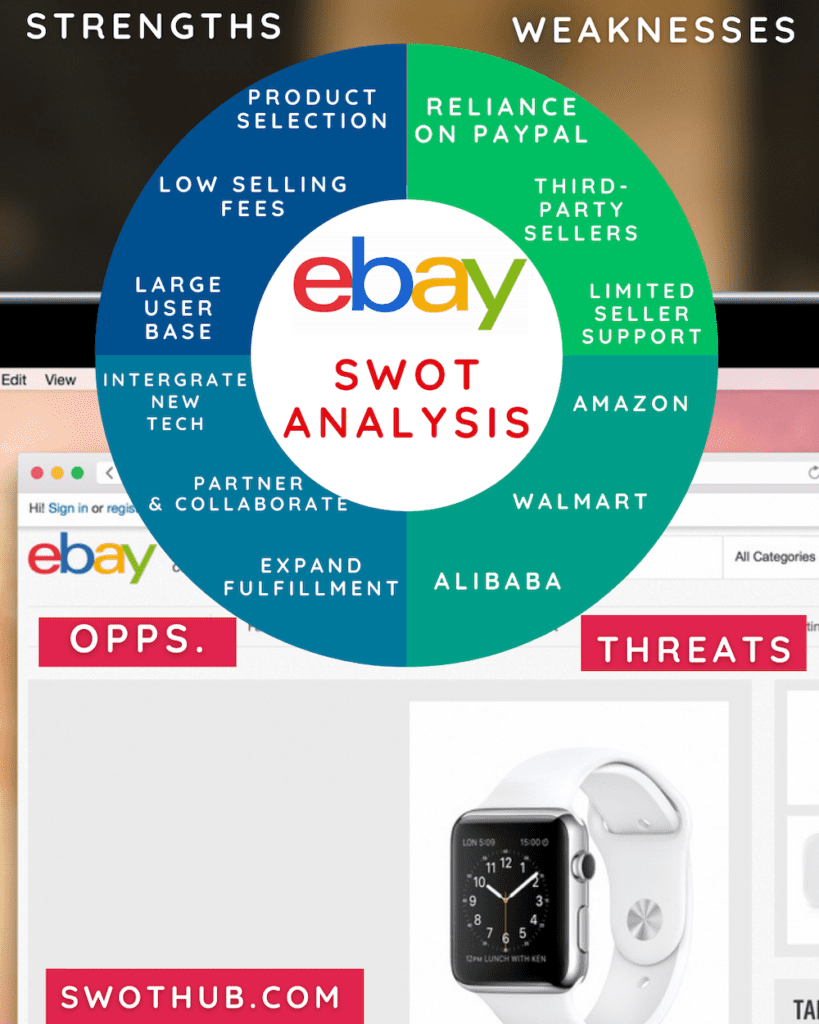
eBay SWOT Analysis Opportunities:
eBay exists in a world full of opportunities. The following portion of the eBay SWOT analysis will examine some of eBay’s opportunities compared to eBay’s competitors, including:
Partnership and collaboration: To broaden its market and provide its users with new goods and services, eBay has the opportunity to collaborate and form alliances with other businesses. In order to enable users to directly buy and sell products on social media platforms, for instance, eBay could collaborate with those businesses.
Integration of new technologies: eBay can leverage new technologies, such as artificial intelligence, virtual and augmented reality, and blockchain, to enhance the user experience and improve its platform’s security and authenticity.
Diversification of revenue streams: In this eBay SWOT Analysis it was determined through the addition of new features and services that generate additional revenue, such as advertising or subscription-based services, eBay has the chance to diversify its sources of income.
Expansion of fulfillment services: eBay can expand its fulfillment services to compete with Amazon’s fulfillment network. This could help eBay attract more sellers and provide a better experience for buyers.
eBay SWOT Analysis Threats:
Threats pose a risk to every company’s stability and profitability. In this eBay SWOT analysis, we will address some of the threats that are important to eBay’s future against eBay’s competitors. In a SWOT analysis of eBay, some of its largest threats are actually its competitors. Take a look at how each company poses a direct threat to eBay.
eBay Competitors:
eBay has many significant competitors that would be considered threats to the company. Some of the major competitors of eBay include:
- Amazon: Amazon is a major competitor of eBay in the online marketplace. It has a broader product range and provides faster shipping and delivery times.
- Alibaba: Alibaba is a Chinese e-commerce company that operates mainly in Asia. It is one of the largest online marketplaces in the world and is expanding globally.
- Walmart: Walmart is the largest retailer in the world and has a strong online presence. It has been expanding its e-commerce business in recent years, and its partnership with Google could pose a threat to eBay.
- Etsy: A major seller of handmade and vintage goods online is Etsy. It has a niche market and provides a personalized shopping experience, which could attract buyers away from eBay.
- Facebook Marketplace: Facebook Marketplace is a platform that allows users to buy and sell items within their local community. Its large user base and integration with Facebook’s social network could make it a strong competitor for eBay in the future.
These competitors pose a threat to eBay’s market share, and in this eBay SWOT analysis, it will need to continue to innovate and provide unique value propositions to maintain its position in the online marketplace.
eBay SWOT Analysis: Conclusion and Recommendations:
In conclusion, eBay is a well-established online marketplace with a strong brand and loyal customer base. However, it faces intense competition from other major players like Amazon, Alibaba, Walmart, Etsy, and Facebook Marketplace.
While eBay’s strengths lie in its diverse product range, user-friendly platform, and strong seller community, its weaknesses include concerns about counterfeit products and shipping times.
Opportunities for growth include expansion into emerging markets and investment in technological advancements to improve user experience.
Threats include increased eBay competitors and changing consumer preferences.
Recommendations for eBay:
- To stay competitive, eBay should focus on enhancing the trustworthiness of its platform, improving the speed and reliability of shipping, and leveraging data analytics to offer personalized shopping experiences.
- eBay should also consider expanding its reach in developing markets and partnering with strategic players to enhance its brand value and market share.
FAQs for SWOT Analysis of eBay
1. What is eBay’s weakness?
eBay’s primary weakness lies in its vulnerability to intense competition and fraud. The platform faces challenges in maintaining marketplace integrity and ensuring user trust, which are crucial for its success.
2. What is the SWOT analysis of online selling?
The SWOT analysis of online selling includes strengths like global reach and convenience, weaknesses such as security concerns and high competition, opportunities like market expansion and technological advancements, and threats, including cyber threats and changing regulations.
3. How can eBay stay competitive?
eBay can stay competitive by enhancing user trust through improved security measures, diversifying its product offerings, investing in technology for a better user experience, and adopting innovative strategies to stand out in the highly competitive e-commerce market.
By addressing these issues, eBay can remain a major player in the online marketplace for years to come.

